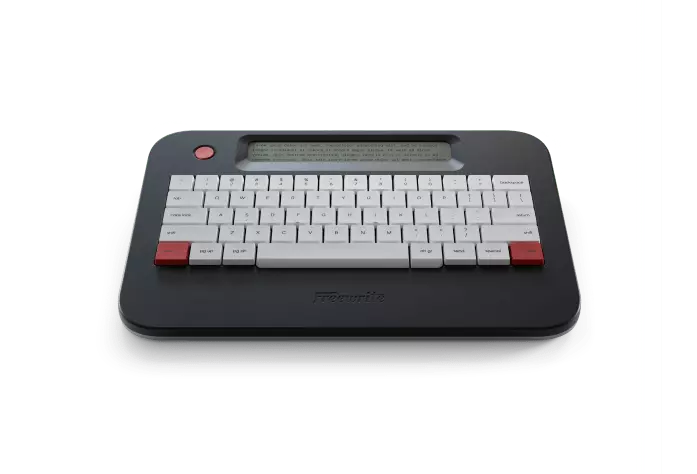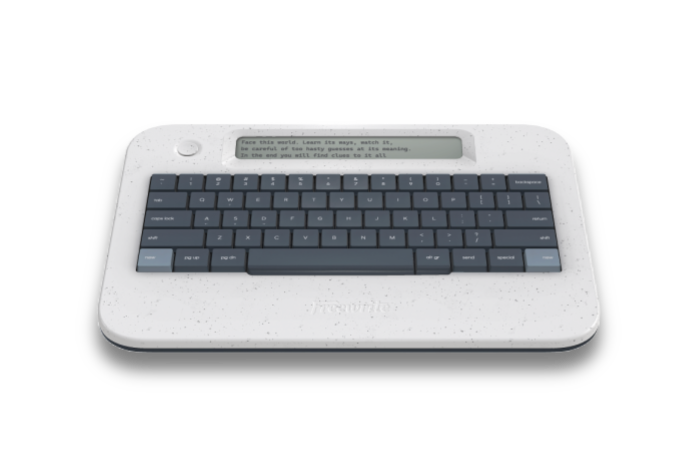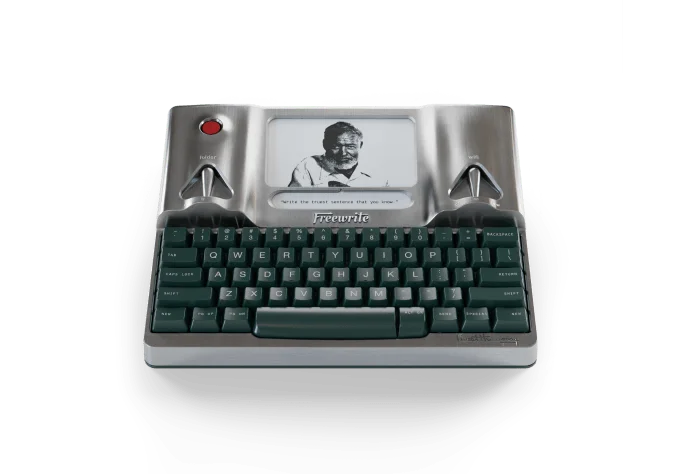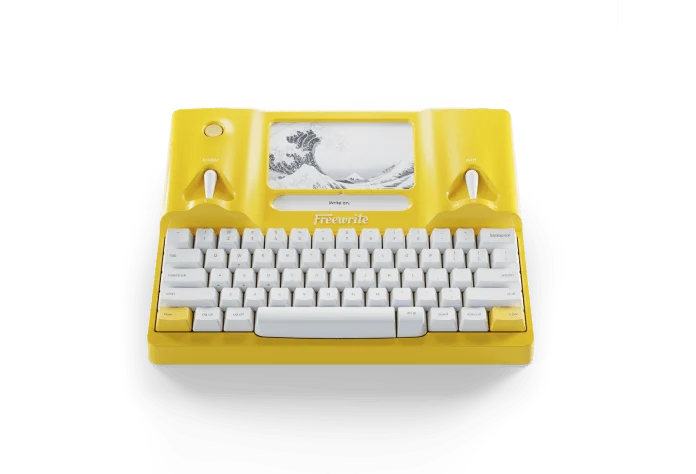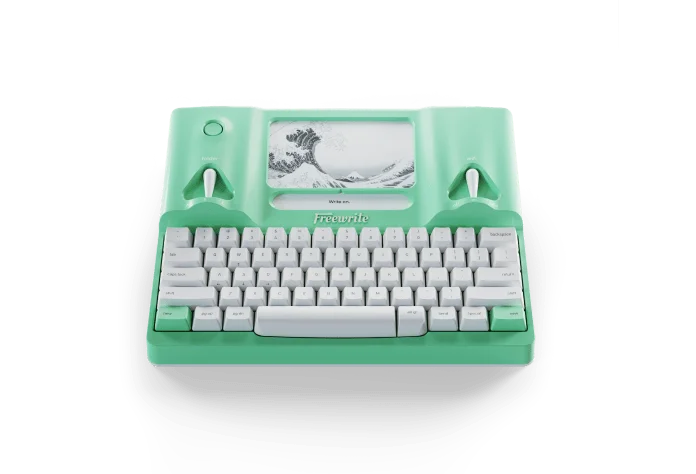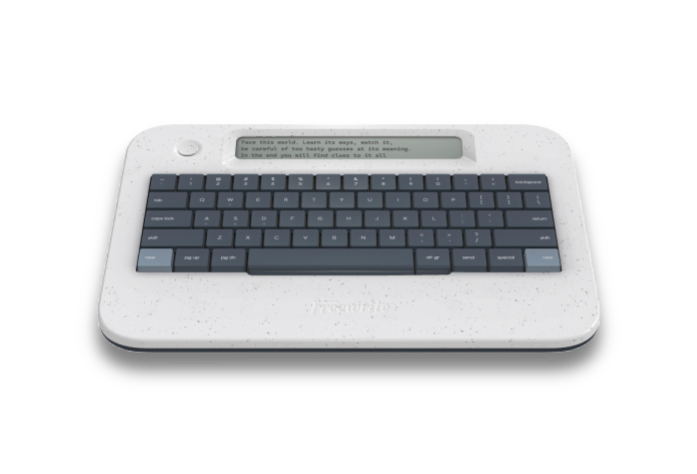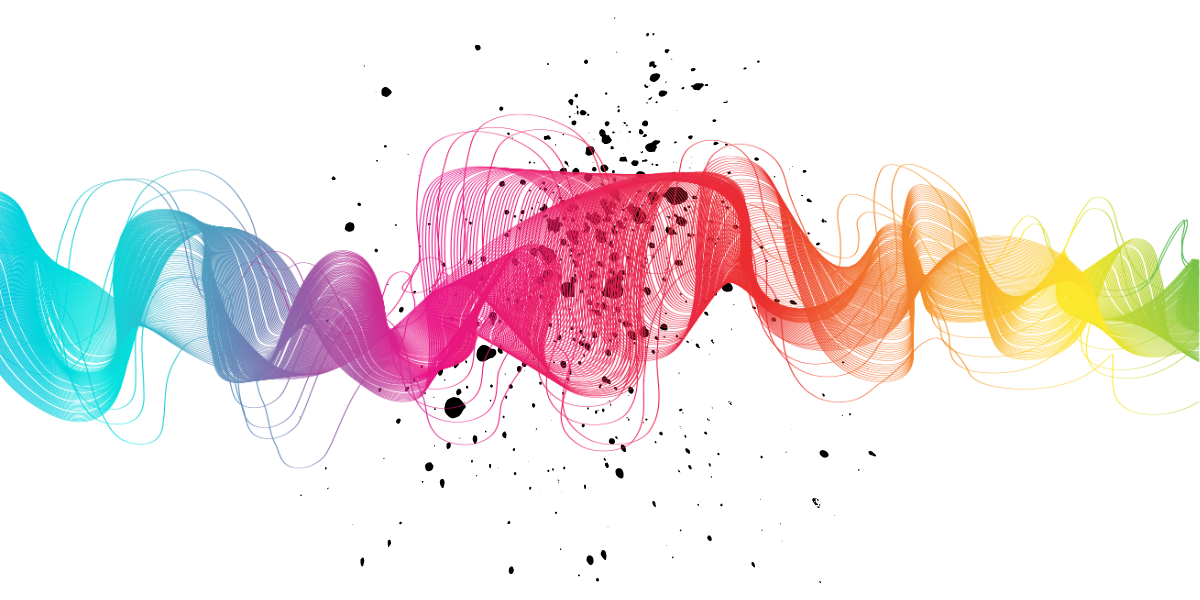The English language, cobbled together over centuries from Germanic, Scandinavian, Latin, French and Greek sources, is a minefield of confusing (and often contradictory) rules. So it’s no wonder that writers frequently struggle with the correct use of words and punctuation. However, most readers will agree that writing littered with errors comes across as sloppy and unprofessional, damaging their trust in the message and the author.
To help you improve your writing, here’s a list of some of the most common mistakes that writers make, and tips on how to avoid them.
1. Apostrophes
Apostrophes have two main uses – in contractions and to show possession. They’re quite different, so we’ll cover each one separately.
Contractions: A contraction is where you take two words and combine them, missing out a letter or two along the way.
Should not = shouldn’t
I have = I’ve
We will = we’ll
Generally, wherever the missing letters are, that’s where the apostrophe goes. You can also apply this rule if you’re writing dialogue where someone cuts off the beginning or end of a word, like ‘ello, or nothin’.
Possessives: A possessive apostrophe is used to show ownership. It’s done by placing ‘s after the noun.
I am walking Pete’s dog this morning.
I need to buy a gift for my sister’s birthday.
The children’s bus was late again.
Things get slightly more confusing, however, if the noun already ends in an s. In this case, you need to consider how you would say it out loud. If you would add an es sound to the end of the word, then you write it with ‘sat the end.
I was summoned to the boss’s office.
The bus’s tire was completely flat.
Dennis’s parties were legendary.
However, if you wouldn’t add an es sound to the end of the word, then a lone apostrophe is appropriate.
I am walking my parents’ dog this morning.
The kids’ hamster had five babies.
The Hastings’ roses are magnificent this year.
When not to apostrophize
Don’t forget that apostrophes have no place in ordinary plural nouns, like bananas, toys, or megabytes. An apostrophe in an ordinary plural is sometimes called a “greengrocer’s apostrophe” because it could often be found on signs in fruit and vegetable shops. Apostrophes also don’t need to be used in dates or acronyms.
I was born in the 1970s.
Nobody uses CDs anymore.
The exception is if you’re omitting letters or numbers or using the apostrophe possessively.
The ‘80s produced some amazing music.
Landing a probe on Mars was one of NASA’s greatest achievements.
You also never use an apostrophe in a possessive pronoun.
Theybecomes theirs
Herbecomes hers
Itbecomes its
2. Semicolons
Much confusion surrounds the use of the semicolon, but it’s actually quite simple to utilize. It only has two functions.
The first is to join two related clauses in a sentence. There are three conditions of use: both parts of the sentence must be able to stand alone, they need to relate to each other somehow, and they need to be of equal weight. For example:
I love Hawaiian pizza; the pineapple tastes amazing.
I burned my tongue on the pizza; the pineapple was too hot.
If you put a coordinating conjunction between the two clauses (and, but, for, nor, or, so, yet), then you would replace the semicolon with a comma.
The other use of a semicolon is when you’ve got a long sentence, and you’re listing groups of items. To prevent reader confusion, you can use a semicolon between each group. For example:
My son needs a lot of things for his first day of school: pens, pencils and markers; exercise books, writing pads and binders; and erasers, paperclips and a calculator.
3. Oxford Commas
The Oxford comma (aka serial comma or Harvard comma) is the comma that occurs before the and in a list. The second comma in the list below is the Oxford comma.
I like pizza, cake, and chocolate.
For such a small piece of punctuation, it has generated a lot of debate. Many style guides now prescribe that the Oxford comma should be omitted. At the same time, it has a lot of very vocal fans who insist it should be retained. If you don’t have a set style to follow, there’s no definitive rule beyond being consistent with whichever method you choose to follow. Most of the time, taking out the Oxford comma has no detrimental effect on the structure of a sentence.
However, there are occasions where omitting the Oxford comma leads to ambiguity and, in those cases, it should always be used. For example, here’s a real-life quote:
Amongst those interviewed were Merle Haggard’s two ex-wives, Kris Kristofferson and Robert Duvall.
Without the final comma, the sentence appears to suggest that Merle Haggard was married to both Kris Kristofferson and Robert Duvall. The use of an Oxford comma would have made it obvious that this was a list of four separate interviewees.
So, if you have no set style guide to follow, the choice to deploy the Oxford comma rests with you – but if you prefer not to use it, make sure its omission doesn’t change the meaning of your sentence.
Next, let’s look at commonly mixed-up words. Most of these are words that sound the same but have different applications.
4. Your/you’re
Your = it belongs to you.
Your library book is overdue.
You’re = the shortened version of ‘you are’.
You’re welcome.
When in doubt: Try replacing the word with you are. If it doesn’t fit, then use your.
5. There/they’re/their
There = a place.
Put it over there.
They’re = the shortened version of ‘they are’.
They’re going to be late.
Their = belongs to them.
The couple enjoyed their pizza.
6. To/too
To is a preposition with many meanings, including “towards” and “until”.
Let’s walk to the bus. It should get here at five minutes to midday.
Too is an adverb that means “also” or “very”.
I want to catch the bus, too, but I am too tired to walk there.
7. Who’s/whose
Who’s = the shortened version of “who is”.
Who’s that?
Whose = belonging to who?
Whose bag is this?
When in doubt: Try replacing the word with who is. If it doesn’t fit, use whose.
8. It’s/its
It’s = the shortened version of it is.
It’s a beautiful day.
Its = belonging to it
The cat swished its tail.
When in doubt: Try replacing the word with it is. If it doesn’t fit, use its.
9. Less/fewer
Both less and fewer mean the same thing, but they are not interchangeable. There’s a fairly simple way to work out which one you should be using.
Less is for situations when you’re using words that don’t normally have a plural, aren’t made plural by adding an s,and cannot be counted. Examples of this include water, rain, and traffic.
There was less water in the bath than I expected.
I had hoped for less rain today.
If more people caught the bus, there would be less traffic.
Lessis also used when referring to numbers, either on their own or in measurements of time, distance or weight.
The bus will arrive in less than five minutes.
It is less than a mile away.
The pizza recipe uses less than 12oz of flour.
On the other hand, fewer is used for items that can be counted or made plural by adding an s, like cats, jobs, and roses.
There are fewer cats in the neighborhood since the dog moved in.
The rise in automation means there are fewer jobs available.
This summer we have fewer roses in our garden.
When in doubt: See if you can add a number to the word. You can’t say “there is five traffic,” so you would use less. You can say “there are three pizzas,” so you would use fewer.
10. Everyday/every day
People tend to write this as one word. However, that changes the meaning.
Everyday = common, usual.
I’m wearing my everyday clothes.
Every day = each day.
The Queen doesn’t wear a tiara every day.
When in doubt: Replace everyday with each day. If the meaning of the sentence remains intact, then you need to write everyday as two separate words.
Given the complexity of the English language, there are exceptions to most of these rules. However, the ones we’ve outlined here will apply to most instances where you need to use these punctuation marks and words. Are there any writing mistakes we've left out that drive you nuts? Let us know in the comments section below!
About the author:
Claire Wilkins is a freelance copywriter and editor from New Zealand. She loves to write about travel, health, home, and proper punctuation. After a career in financial services spanning almost three decades, Claire left the corporate world behind to start Unmistakable - her writing and editing business. She creates website copy, blogs, and newsletters for creative agencies and small businesses, and specialises in polishing existing content until it shines. In her spare time, Claire enjoys cloud-spotting, singing in the car and editing video. You can find her at www.unmistakable.co.nz and https://www.facebook.com/UnmistakableNZ/.



